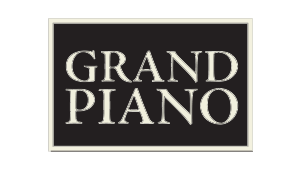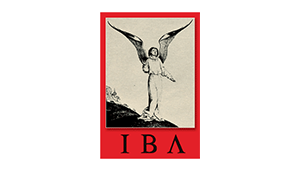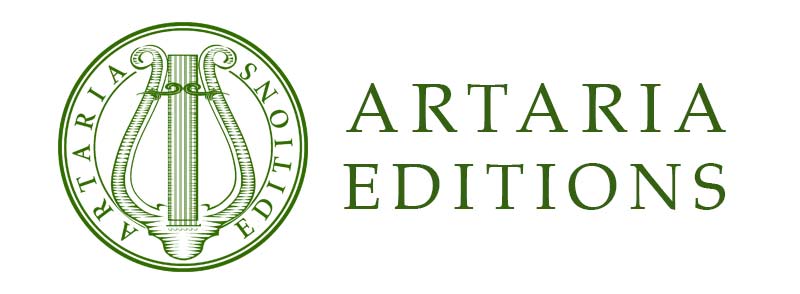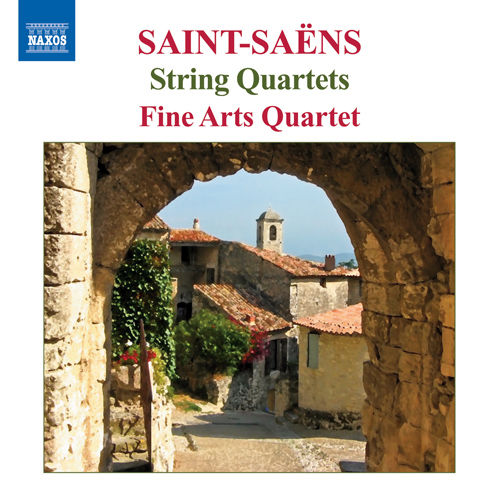The Finer Arts – Ralph Evans Talks to Jeremy Siepmann
April 21, 2011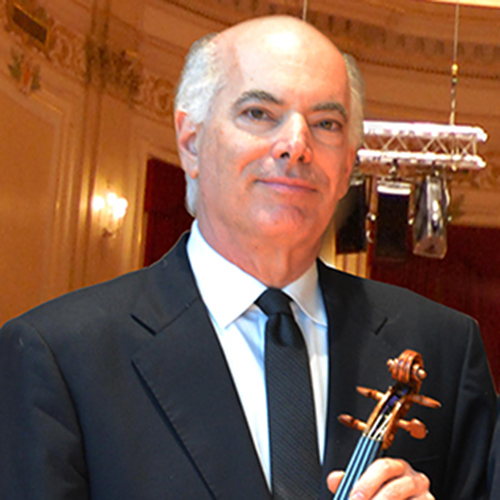
Long among the most admired of chamber groups, the Fine Arts Quartet, though domiciled as quartet-in-residence at the University of Wisconsin-Milwaukee, is familiar all over the world. Renowned alike for its homogeneous ensemble and what might be described as its corporate individuality, its identity, for many aficionados, is regularly revealed before the players reach Bar 2. Its unique sonority, indeed its prevailing character, derives in no small part from the vision, and passion, of its first violinist, Ralph Evans. Now nearly in his 30th year in that capacity, he is a musician, and a conversationalist, without pat answers.
I asked him if he could explain the centrality of the string quartet, regarded for two centuries and more as the very pinnacle of musical thought, the most exalted vehicle for spiritual/emotional expression. ‘Oh, that’s not so easy! Perhaps one could argue that there’s something unique about the unity of texture created by the sound of four string players playing together. But then, one also gets such unity with a string trio, so that can’t be the answer. Or maybe it’s the idea of quartet democracy; but that couldn’t be the explanation either, because there’s democracy in other chamber ensemble forms too. Perhaps it’s the intimate, confessional nature of the string quartet which makes it more conducive to spiritual and emotional content. But here again, one finds examples of similar content in larger ensemble forms. My theory is different: I believe the greatest classical masters of the late 18th century and early 19th century (namely Haydn, Mozart and Beethoven) created a precedent, an incredible, sophisticated model of the highest standard, that, even to this day, is rarely equaled in beauty, profundity, and emotional content. Because the late quartets of Haydn, Mozart, and Beethoven were works of such genius, they created a challenge for succeeding composers in all styles. If that great triumvirate hadn’t been around, I’m not sure the string quartet would have developed the reputation that it has today.’
Is it, I wondered, essentially a connoisseur’s medium? ‘I’d agree that string quartet music tends to appeal to those with more sophisticated or developed taste, especially nowadays. One possible reason is the evolution of technology, which has influenced people to become more and more visual, through television, film, computers, and other kinds of visual media. The public has become less practised in listening than it used to be. In the classical music world, opera has, if anything, actually increased in popularity because so much more spectacle is involved. People are attuned to action, colour, movement, variety; there’s just more to see, more to take in. The larger forms are easier to grasp and offer more to please the eye than say, the sight of four people sawing away at their instruments. The string quartet, on the other hand, requires more concentrated listening. One needs experience and sensitivity to be able to enjoy, understand, and appreciate it.’
Is it, to borrow a phrase from Schumann, a ‘republic of equals’? If not, how not? To what extent, if any, is the ‘leader’, or to use a less contentious term, the first violinist, a kind of undercover conductor? ‘During rehearsals, yes, there is democracy in the string quartet, because players can discuss ideas without being captive to the interpretations of an outside conductor. Still, in performance, there needs to be an ensemble leader who guides the basic interpretation, tempo, style, tone colour and so on. That leader isn’t always the first violinist. In fact, the “conductor” at any given moment within a score is the player within the ensemble to whom the composer has given the main melody. It stands to reason that the accompaniment can’t lead the way! That said, the first violinist is normally considered the leader and takes on the role of “undercover conductor” simply because in most of the quartets written in the last 250 years, it’s the first violin part which tends to get the lion’s share of leading melodic lines.’
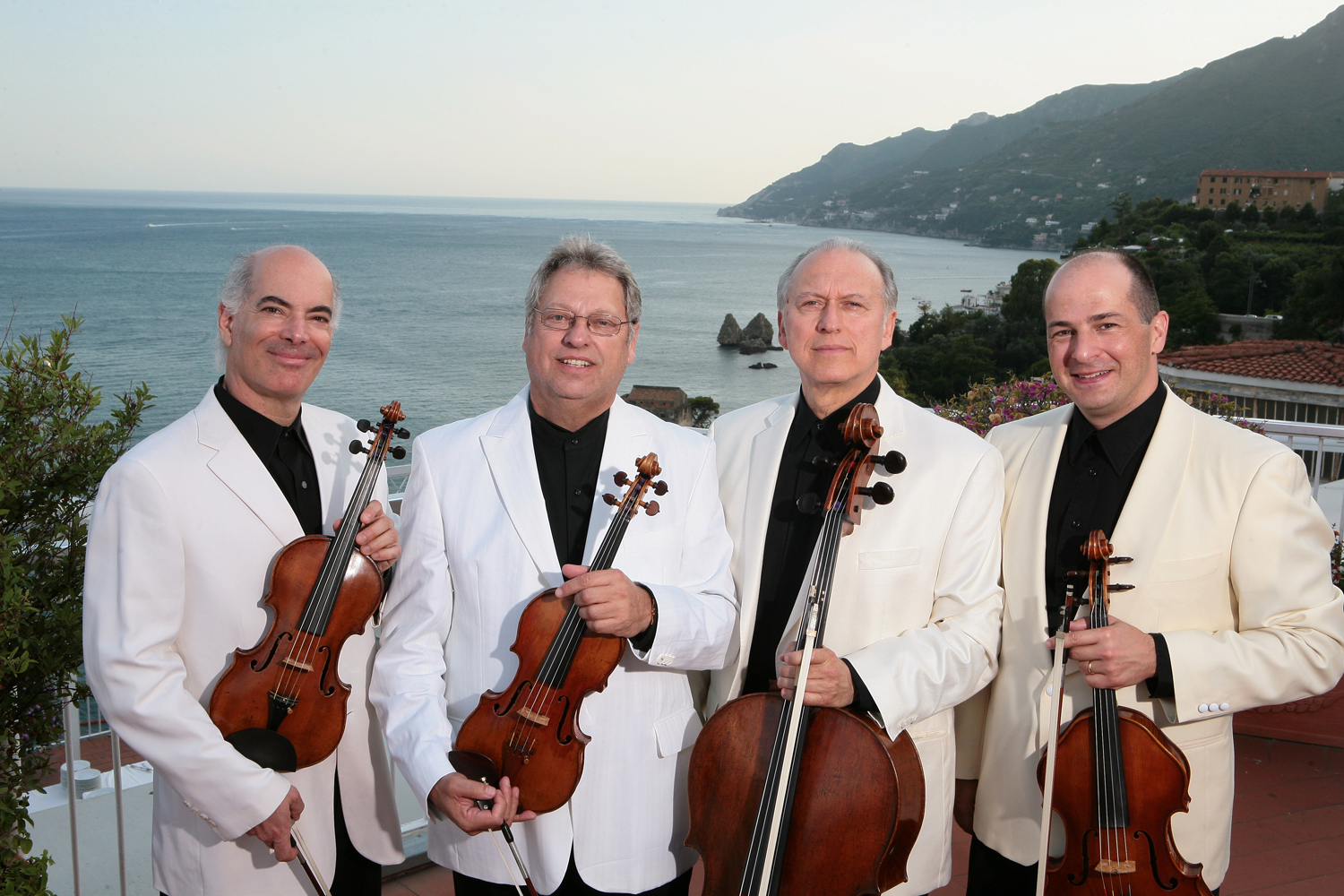
Ralph Evans (violin I), Efim Boico (violin II), Wolfgang Laufer (cello), Nicolò Eugelmi (viola)
Photo: Angelo Tortorella (with modification by Vivian Li)
What, I asked, are the signature characteristics of the Fine Arts Quartet? Do they all subscribe to a predominating expressive/intellectual (let’s stretch the point and add philosophical) ethos? ‘I wouldn’t say we’ve collectively decided on a specific philosophical ethos. However, I have my own obsessions and aesthetic philosophy. One of them is beauty of tone. I strongly believe that every note must be expressively played and I admit to having been greatly influenced by the “Golden Age” master string players of the first half of the 20th century like Heifetz, Kreisler, Thibaud, Szigeti, Elman, Feuermann, Primrose. Each of these great artists displayed a gorgeous, expressive tone and a diversity of colours and styles. There are wonderful modern players, to be sure, but it seems to me, none have achieved the lofty plane of expression achieved by these masters. In my childhood, I completely immersed myself in those artists’ style, and it never suited to me to play in so-called modern style just because the older style became vilified by some 20th century musicologists and critics. The Fine Arts Quartet may be unique these days, because, for better or for worse, we play in a style that reflects the “old-fashioned” style. I personally use the technique of portamento [‘sliding’ from one note to the next], when appropriate, as an expressive device, and I’m a great believer in the use of vibrato on every note. The idea of a beautiful cantilena, as performed by Fritz Kreisler, represents, for me, the pinnacle of tonal beauty and an aesthetic ideal I constantly strive for. Rubato, which we use quite liberally, is another important expressive technique that current performers, I think, employ too sparingly. The use of such Golden Age stylistic attributes doesn’t apply, of course, in all kinds of music, but the espressivo style works well for the Fine Arts Quartet in the traditional music we tend to play.’
The string quartet, certainly the Classical string quartet, is first and foremost a player’s medium. It was a long time before audiences, let alone concert halls, became a significant factor. Does playing in a very large hall pose problems for the quartet? ‘Bigger halls can indeed be problematic, psychologically. There’s a temptation, often, to play with more sound and to be less observant of dynamic contrasts, because one is worried about reaching the public in the back of the hall. The challenge in all halls is to maintain the style and manner of playing one aspires to in ideal acoustical circumstances.’
When performers move from the concert hall to the recording studio they have the unique modern-age capacity to bring listeners as close as they’ll ever come to a player’s perspective. Do the Fine Arts Quartet modify their interpretations and performing approaches accordingly? ‘Digital microphones these days are extremely sensitive, so interpretations do have to be modified somewhat. When hearing oneself in playback, it’s remarkable how tiny noises—ones that one would never normally consider important—become distracting. For that reason, there’s a tendency to want to play more delicately. But there are other considerations too; for example, one has to be more conscious of one’s technical accuracy because there isn’t always time for repeated takes. Therefore, some of the interpretations turn out to be a little bit more conservative. It could be risky to phrase spontaneously. What if a spur-of-the moment phrasing decision creates poor ensemble? What might be a magical moment in the concert hall could turn out to be a time waster in the studio. I regret the interpretive conservatism that results occasionally, but it’s not a big problem. Speaking personally, I’m a risk taker by nature—so I don’t completely shut off, even in the studio. Recording can be inhibiting, but we’re all very experienced at it and we do try to play with as much freedom as we can.’
Unlike Haydn, Mozart and Beethoven, Saint-Saëns wrote his quartets for the concert hall as well as the players, creating to some extent a different perspective. How did they fare in the studio? Were they fun to record? ‘Most definitely. I love the music of Saint-Saëns, who is terribly underrated and considered by many, unfairly, to be a lightweight composer. Unfortunately, because his music is extremely difficult to play, it is often poorly played. Though he lived into the 20th Century, he’s really a classical composer who writes in romantic style. To play his music properly, there has to be a great clarity, accuracy, and supreme elegance, too. Making that come off is no easy feat, but I’m so happy we undertook the challenge, since these wonderful, unjustly neglected works deserve so much to be heard. The slow movements, in particular, are profound, true masterpieces, while the other movements display great charm, sophistication, and beautiful craftsmanship. Saint-Saëns was really a master of melody, harmony, and counterpoint, all combined in a very inventive, classical way. His first quartet was written in 1899, and the second, in 1918, when he was 83. But neither sound like the work of an old man. They are endlessly fascinating to me. For example, in the second quartet’s last movement, he took the pitches of the four violin strings, E-A-D-G, and made a very complex, playful work based on those four notes. I admit these works can be difficult to understand and they may take repeated hearings to fully appreciate them. But that’s where recordings can be so valuable. Since these works are so rarely performed, we can thank Naxos for permitting us to record them.’
The Fine Arts Quartet is by now a well-established part of the Naxos family. Which of your recordings so far have you most enjoyed? ‘I think for me the most fun has been recording an album which Naxos will release early next year. It was a project very dear to my heart: a program of quartets by violinist-composers of the Golden Age: Kreisler, Zimbalist and Ysaÿe, who wrote a gorgeous piece that few music lovers know about: a previously long-lost work for string quartet and string orchestra. The marvelous Zimbalist Quartet, in its 1959 revised version, has never been recorded before and came to my attention thanks to the kind efforts of the distinguished violinist/author Roy Malan, who wrote a enchanting biography of Zimbalist. Each of the three works on this album is beautiful in its own way, containing the most charming melodies and delicious harmonies—exotic harmonies, in the case of Ysaÿe. But for me, it was a special pleasure to be able to play these works in that Golden Age style we’ve just been talking about. Finally, here, we had an excuse to really let go! I mean, if you can’t play Kreisler’s music, for example, in the style of Kreisler, I don’t know when you can! We’ve really been fortunate to make a huge number of recordings, most recently for Naxos. I’m very grateful to Mr. Heymann for engaging us to record such a diversity of works, whether famous or neglected.
And what’s in the pipeline now? ‘Next to be released will be a disc we recorded with the exciting Chinese pianist Xiayin Wang, consisting of three great masterpieces by Schumann: the Piano Quintet, the Piano Quartet and Fairy Tales. Future projects include more of my beloved Saint-Saëns: the Piano Quintet and the two Piano Quartets, which, like the string quartets, deserve to be better known. We also plan to record some works by Josef Suk, and the American composer, Amy Beach—a worthy late romanticist, who is being performed a bit more in recent decades, but for a long time was largely forgotten.’
With technology and changes in musical demographics transforming musical life in the 21st-century, I wondered how Evans feels about the future of classical music in general and the string quartet in particular. ‘I can’t say I’m optimistic that classical music will increase greatly in popularity, partly because music education for young children, sadly, has diminished so dramatically, in Western countries, at least. That education introduced many young people to the joys of classical music and to the pleasures of playing an instrument. Early exposure makes classical music a part of people’s lives. Still, I think there will always be an audience for classical music in general, and to a smaller degree, chamber music, which takes more experience and knowledge to appreciate. But classical music will never go away. And thanks to Naxos, even obscure classical works are getting a chance to be heard.’
We may be in the midst of some kind of large-scale cultural transition, but as long as the Fine Arts Quartet and the best of their colleagues are out there playing, it’s much too early for despair. Much too early.








